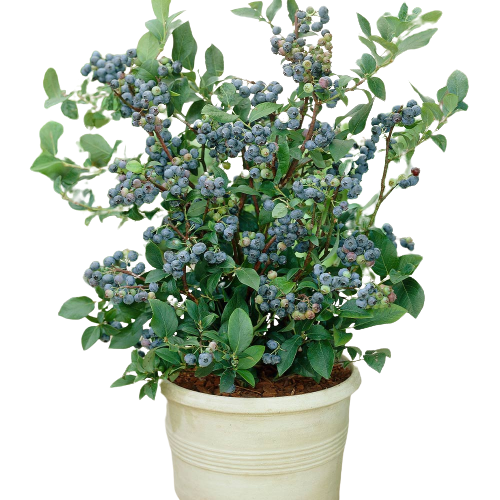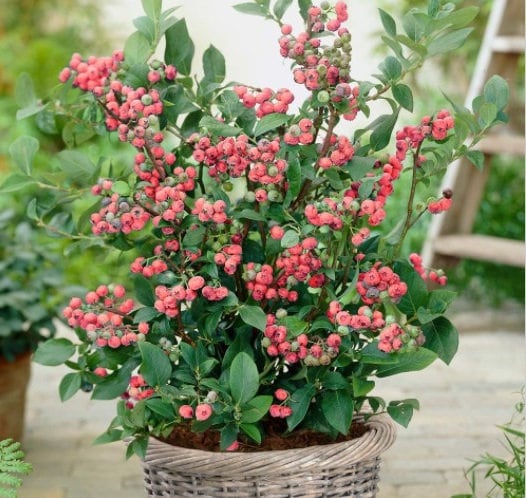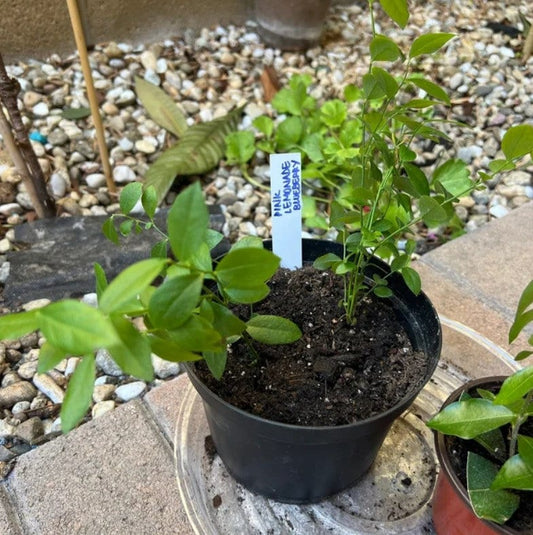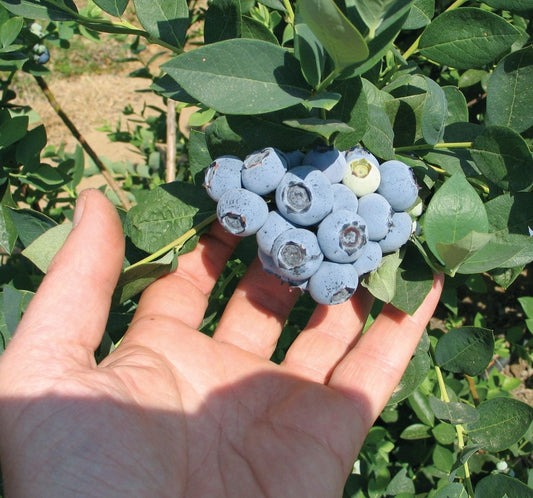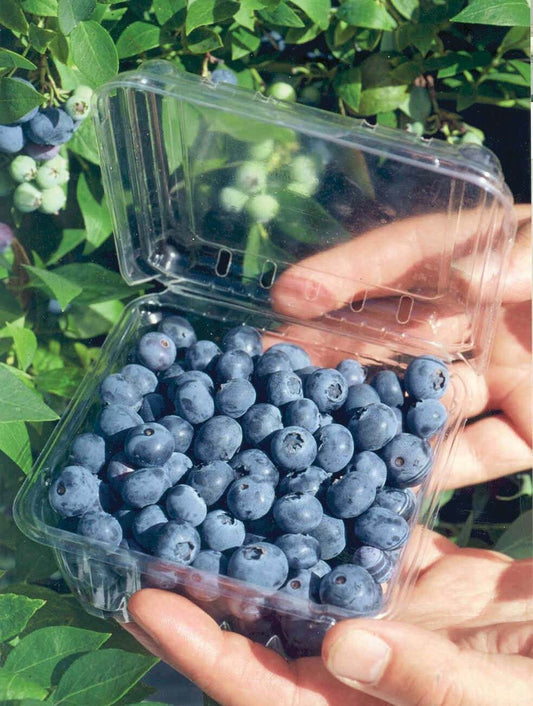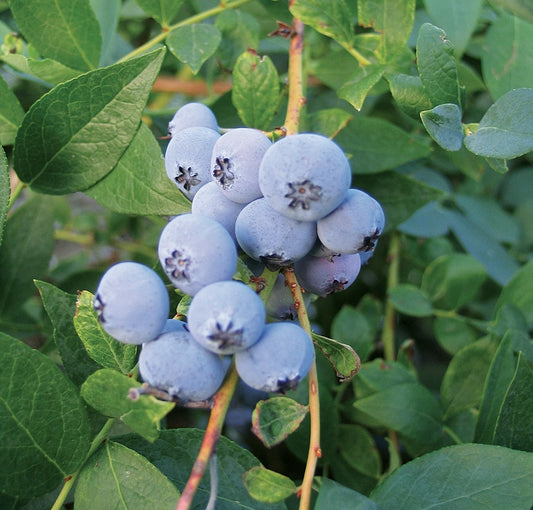A Gardener's Delight: Growing O'Neil Blueberries for Abundant Harvests
O'Neil blueberries are a standout variety known for their large, sweet berries and robust growth. As a Southern Highbush blueberry, O'Neil is particularly well-suited for warmer climates, making it an excellent choice for gardeners in USDA zones 7 through 10. Whether you're a seasoned gardener or a novice eager to add delicious blueberries to your garden, this guide will walk you through the steps of successfully growing O'Neil blueberries, from selecting the perfect planting spot to enjoying a bountiful harvest.
Understanding O'Neil Blueberries
The O'Neil blueberry variety is celebrated for its early ripening season and high yield, producing fruit as early as May in some regions. Its ability to withstand higher temperatures without compromising berry quality makes it a favored choice among southern gardeners. Moreover, O'Neil blueberries are known for their adaptability, capable of producing well even when winter chill hours are limited.
Choosing the Right Location
1. Sunlight: O'Neil blueberries require full sun to thrive and produce the best yields. A location that receives at least six to eight hours of direct sunlight daily is ideal.
2. Soil Requirements: Blueberries need acidic, well-draining soil with a pH between 4.5 and 5.5. The site should be prepared with plenty of organic matter to enhance soil structure and fertility. If your soil is not naturally acidic, consider amending it with sulfur or choosing a suitable potting mix for container planting.
Planting O'Neil Blueberries
1. Best Time to Plant: The optimal time to plant O'Neil blueberries is in the early spring after the risk of frost has passed or in the fall, allowing the plant to establish before the winter.
2. Planting Depth and Spacing: Plant your O'Neil blueberry bushes at the same depth they were grown in their nursery pots. Space the bushes about 4-6 feet apart to allow for adequate air circulation and growth.
3. Watering After Planting: Thoroughly water your new plants after planting to settle the soil around the roots and promote early growth.
Care and Maintenance
1. Watering: Regular watering is critical, especially during the plant's first few years and in periods of drought. Maintain consistent soil moisture, but be careful not to overwater.
2. Mulching: Apply a 2-3 inch layer of organic mulch, such as pine needles or shredded bark, around the base of the plants. Mulching helps retain soil moisture, suppress weeds, and keep the roots cool.
3. Fertilization: Use a fertilizer formulated for acid-loving plants, applying it in early spring as new growth appears. Follow up with additional applications according to the product's instructions, but avoid over-fertilizing.
4. Pruning: Prune O'Neil blueberry bushes in late winter or early spring to remove dead or diseased wood, promote air circulation, and encourage healthy new growth. This practice also helps maintain the plant's shape and productivity.
Harvesting O'Neil Blueberries
O'Neil blueberries are typically ready for harvest in early to mid-summer, depending on your climate. The berries will be fully ripe when they are uniform in color, firm yet plump, and detach easily from the bush. Harvesting in the morning when the berries are cool can help improve their shelf life.
Pest and Disease Management
Be vigilant for signs of pests and diseases, such as aphids, blueberry maggot, and powdery mildew. Early detection and appropriate treatment are crucial for maintaining healthy plants and maximizing yields.
Conclusion
Growing O'Neil blueberries is a rewarding endeavor that yields delicious fruits and enhances your garden's beauty. By providing the right care and conditions, you can ensure a successful blueberry harvest year after year. Whether enjoyed fresh, in baked goods, or preserved for later use, the fruits of your O'Neil blueberry bushes will be a delightful addition to your culinary repertoire, bringing a taste of summer to your table.

